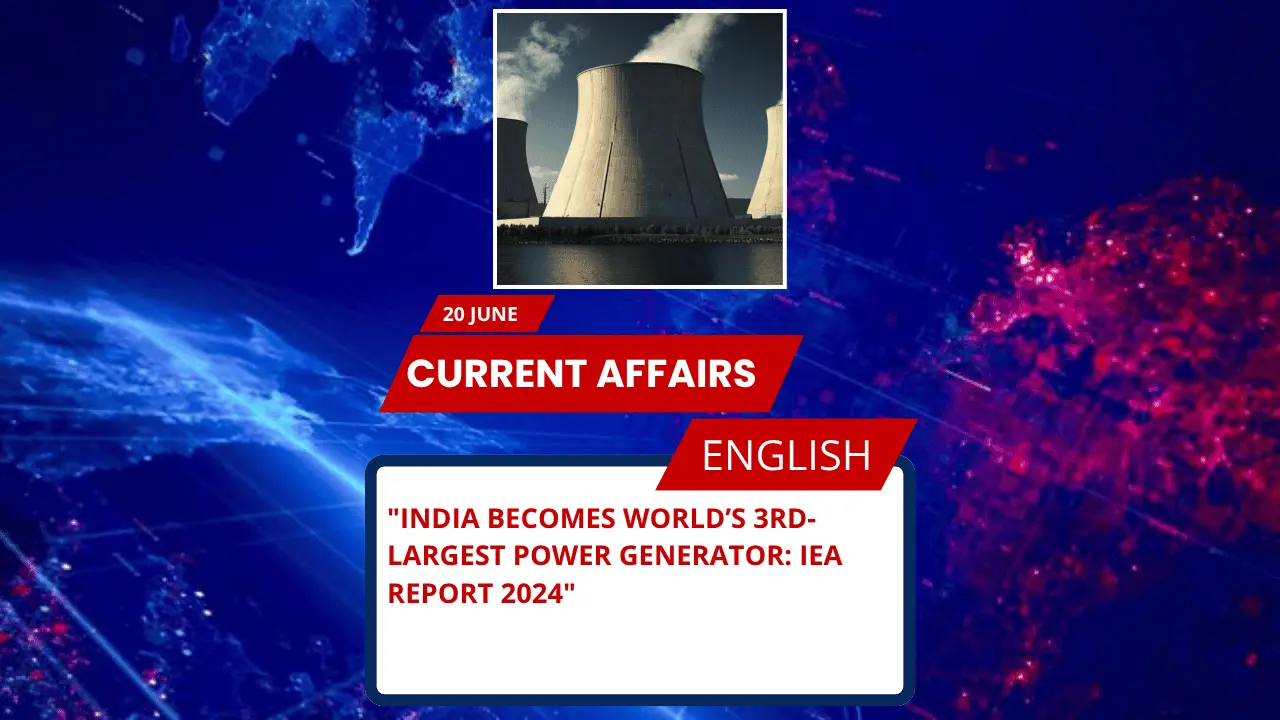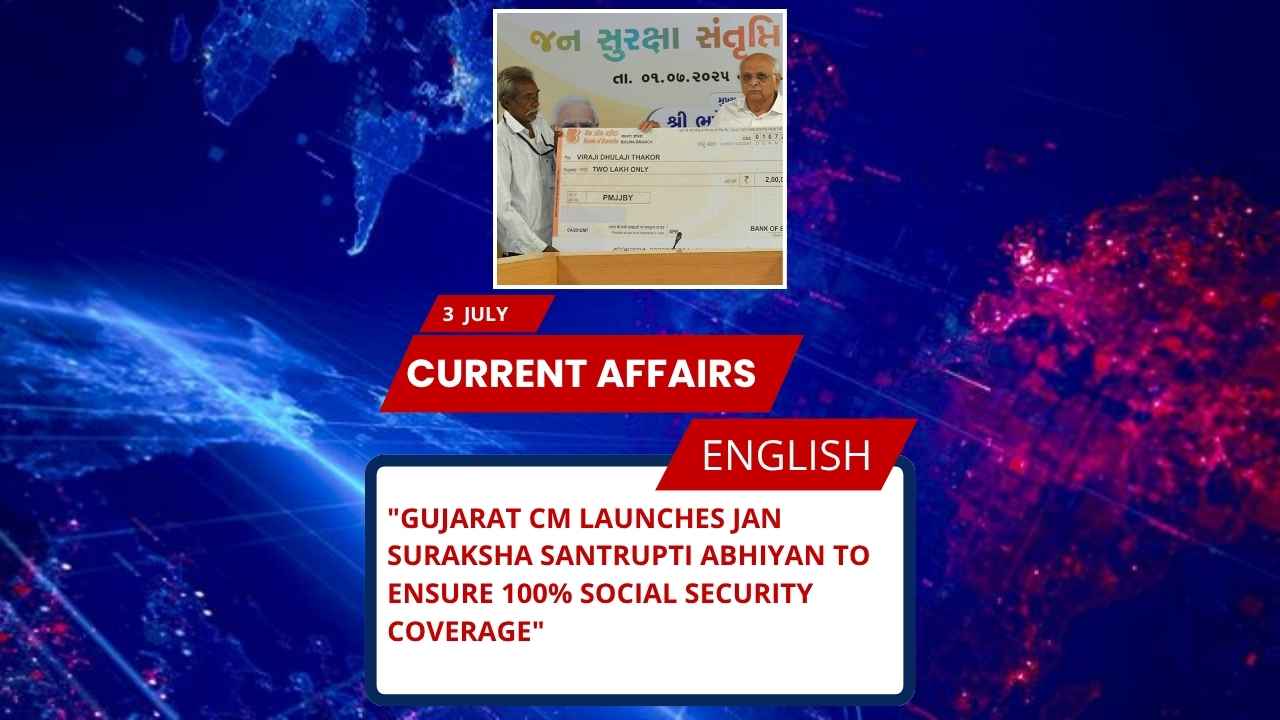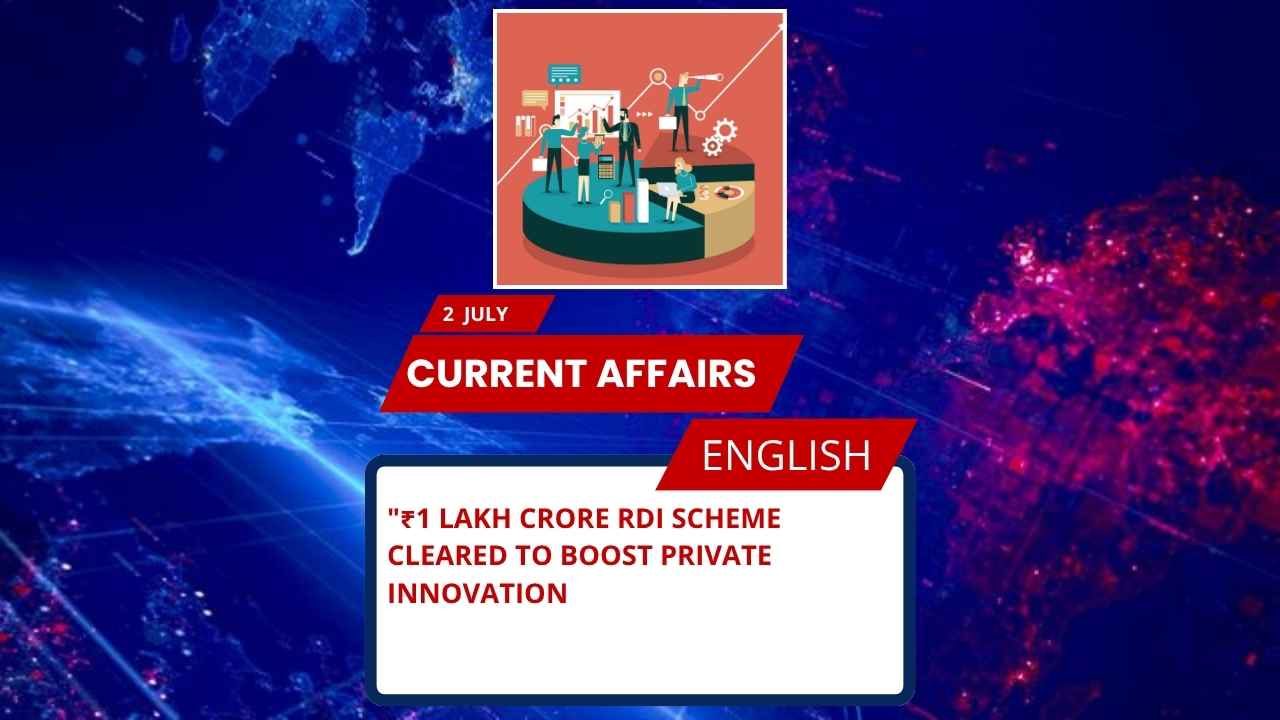
Key Points for SSC, UPSC & Govt Exam Aspirants
- India ranks 3rd globally in power generation growth (2019–2024) as per IEA.
- Top countries: China (1st), USA (2nd), India (3rd).
- Over 83% of India’s power sector investment in 2024 was in clean energy.
- Solar PV led non-fossil investments (over 50% share).
- India received $2.4 billion DFI funding in clean energy (highest globally).
- $5 billion FDI in power sector (2023) — almost double pre-COVID levels.
- India allows 100% FDI in most power sectors (excluding nuclear).
- Flagship policies: National Solar Mission, PLI for renewable manufacturing, Green Energy Corridors.
- Target: 500 GW non-fossil capacity by 2030, Net Zero by 2070.
- Foreign Portfolio Investment (FPI) in energy declined recently but long-term outlook is positive.
India’s Power Surge: Complete Explanation
India’s Power Generation Boom — A Global Milestone
The International Energy Agency (IEA), in its latest energy outlook, reported that India has emerged as the third-largest contributor to global power generation growth between 2019 and 2024. Only China and the United States are ahead.
What Drives India’s Energy Growth?
Rising Domestic Demand
India’s growing power needs come from:
- Expanding urban and rural electrification.
- Growing commercial and residential infrastructure.
- Surge in consumer electronics like air conditioners and appliances.
- Industrial and manufacturing growth under programs like Make in India.
Clean Energy Push
- Solar Photovoltaic (PV) energy has led the renewable energy expansion.
- Over 50% of non-fossil investments are in solar PV.
- India aims to reach 500 GW of non-fossil capacity by 2030.
Investment Trends
- 83% of all investments in the power sector (2024) targeted clean energy.
- Foreign Direct Investment (FDI) in 2023 was $5 billion, almost double that of pre-pandemic levels.
- India topped the global charts with $2.4 billion in Development Finance Institution (DFI) clean energy funding in 2024.
- 100% FDI allowed in all areas of power generation and distribution except nuclear.
Policy Backbone Supporting Power Growth
National Initiatives
- National Solar Mission: Promotes solar power generation.
- PLI Scheme: Production Linked Incentive for renewable energy manufacturing.
- Green Energy Corridors: Strengthens grid for renewable transmission.
- Commitment to Net Zero by 2070.
Challenges India Faces
- FPI Decline: Foreign Portfolio Investments dropped in the past two years.
- Causes: Global economic fluctuations and domestic sectoral risks.
- Outlook: Long-term investment sentiment remains optimistic due to strong policy and market potential.
Important Organizations Mentioned
International Energy Agency (IEA)
- Headquarters: Paris, France
- Founded: 1974
- Parent Organization: Organisation for Economic Co-operation and Development (OECD)
- Role: Monitors global energy trends, ensures energy security, promotes sustainability.
MCQs Based on the Topic
Q1. According to the IEA, what is India’s global rank in power generation growth (2019–2024)?
A. 1st
B. 2nd
C. 3rd
D. 4th
Answer: C. 3rd
Q2. What percentage of India’s power sector investment in 2024 went to clean energy?
A. 65%
B. 70%
C. 83%
D. 90%
Answer: C. 83%
Q3. Which of the following is NOT a reason behind India’s rising electricity demand?
A. Rural depopulation
B. Increased appliance usage
C. Industrial expansion
D. Commercial infrastructure growth
Answer: A. Rural depopulation
Q4. Which policy supports renewable energy manufacturing in India?
A. Start-Up India
B. National Education Policy
C. PLI Scheme
D. MUDRA Yojana
Answer: C. PLI Scheme
Q5. How much FDI did India’s power sector attract in 2023?
A. $2 billion
B. $3.5 billion
C. $5 billion
D. $6.2 billion
Answer: C. $5 billion
UPSC Mains Style FAQs
Q1. Examine the role of clean energy policies in transforming India into the third-largest power generator globally.
Answer:
India’s rise to the third position in global power generation is deeply rooted in its forward-looking clean energy policies. The National Solar Mission and PLI schemes for renewables incentivized the development of domestic manufacturing and technology capacity. Additionally, the Green Energy Corridors ensured infrastructure readiness to absorb large-scale renewable input.
The government allowed 100% FDI in non-nuclear sectors, attracting significant foreign capital. By 2024, 83% of all power sector investments were directed toward clean energy, led by solar PV. This transformation is supported by India’s ambitious goals: 500 GW of non-fossil energy capacity by 2030 and net-zero emissions by 2070.
Despite temporary dips in Foreign Portfolio Investment due to macroeconomic volatility, the long-term outlook remains positive. The combination of policy, demand growth, and investor interest has created an ecosystem that fuels India’s green energy surge.
Q2. Discuss the challenges and investment trends in India’s energy sector post-2020.
Answer:
Post-2020, India’s energy sector witnessed a sharp rise in FDI, especially in clean energy — reaching $5 billion in 2023, nearly double the pre-COVID levels. India became the top recipient of DFI clean energy funding ($2.4 billion in 2024), reflecting international trust in its green transition.
However, Foreign Portfolio Investment (FPI) showed a declining trend, largely due to sector-specific concerns and global economic uncertainties. Regulatory barriers, land acquisition challenges, and transmission bottlenecks also impacted investor confidence.
Still, proactive government schemes, liberalized FDI norms, and international collaboration offer a strong platform to overcome these hurdles. The emphasis on policy-backed growth and energy diversification ensures a resilient path forward.







